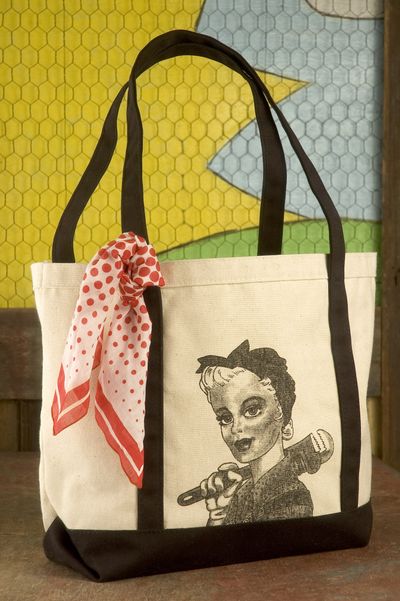Simple steps for cutting your carbon footprint

Despite our best intentions to live by the mantra, “Take only photos, leave only footprints,” our carbon footprint is not an easy one for the earth to erase. So, what is a carbon footprint exactly? It’s the measure of human-produced greenhouse gases from activities such as driving a car or using electricity, and it’s measured in units of carbon dioxide gas. The concern is that excess carbon dioxide will kick up the earth’s temperature to a broil, and eventually it’ll be too hot for humans — and most other species — to handle.
The term “global warming” may be an appropriate description for what’s going on, but it does little to bring the problem into perspective. What can you and I do about something that’s happening on such a grand scale?
As a first step — which is actually kind of fun — you can assess your own personal carbon dioxide output and its impact on global warming using free online calculators such as those at Carbon Footprint (www.carbonfootprint.com) and An Inconvenient Truth (www.climatecrisis.net/takeaction/carboncalculator).
Don’t get discouraged if the calculators claim you’re leaving tracks the size of Bigfoot — get creative! There are all sorts of simple ways to cut your carbon footprint on a daily basis. Here are some tips to try:
1. Conserve while cooking
As silly as it may sound, cutting food into smaller pieces speeds up cooking time and saps less energy. Also, use only as much water as you need to boil foods like pasta, and try to use pans that neatly fit the burners on your stove to reduce the energy use around the edges.
2. Full loads or forget it
Devoted to your dishwasher? Make sure it’s completely full before you use it to maximize the clean you get in exchange for the carbon output. 3. Give your clothes a cool-down Wash clothes on warm or cool settings rather than hot, and keep your rinses cold. Not only will this save energy, it’ll also prolong the life of your clothes. Plus, many stains come out better in cold water. And when it comes to drying, skip the energy-draining dryer whenever possible in favor of a clothesline.
4. Change your light bulbs
Replace your home’s conventional light bulbs with compact fluorescent light bulbs (CFLs). Those with the EPA Energy Star rating use about 75 percent less energy! CFLs are no longer super-expensive; they last much longer; and they come in all shapes, sizes, wattages and hues.
5. Unplug
Each time you switch off an appliance or your computer and you still see a little light glowing, you’re using energy. Instead of just switching off, pull the plug. You could also try a Bye Bye Standby kit (www.byebyestandby.com), which automatically cuts power to appliances left on standby so you don’t even need to think about it.
6. Buy local and recycled products
The shorter the distance a product travels to get to you, the less gasoline that gets burned in transit. Visit farmer’s markets; seek out locally produced food at your grocery store; and find fantastic, underused clothing and housewares at thrift stores in your area.
7. Carry cloth bags
Tuck ‘em under your car seat so that you always have them with you when you go shopping. Those flimsy plastic grocery bags may seem harmless, but manufacturing them is an energy-intensive process. Plus, pack zillions of them together and they clog up landfills, where they can take up to 400 years to decompose.
8. Sign up!
Ask your local power company if it has a program for getting your energy from an alternative source — like wind. If it does, sign yourself up! I did it years ago and recently calculated what I’ve saved so far. The little bit extra I’ve paid each month for green power has saved 888 gallons of oil or 8, 588 pounds of coal. That’s 35,116 pounds of avoided carbon dioxide emissions. Being green really does add up
MaryJane Butters is an organic lifestyle expert and the editor of MaryJanesFarm magazine. Write to her care of United Feature Syndicate, 200 Madison Ave., New York, NY 10016, or e-mail everydayorganic@maryjanesfarm.org.